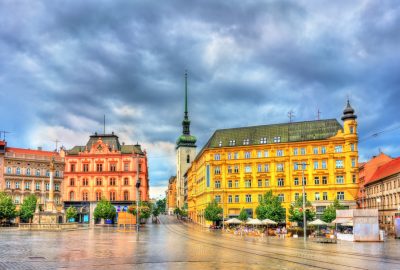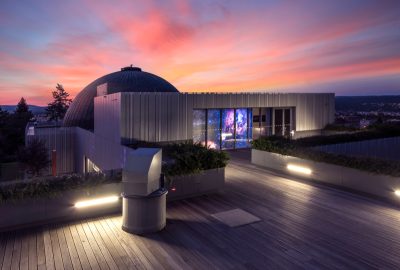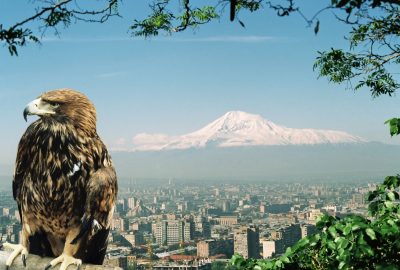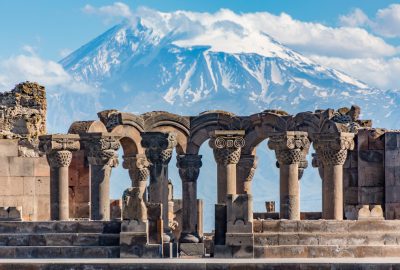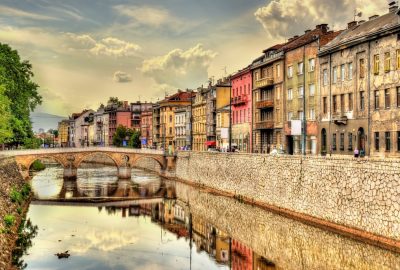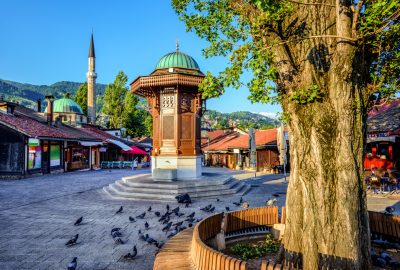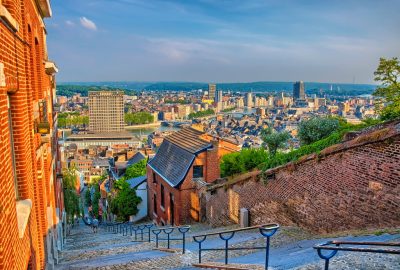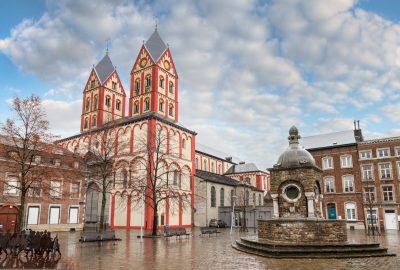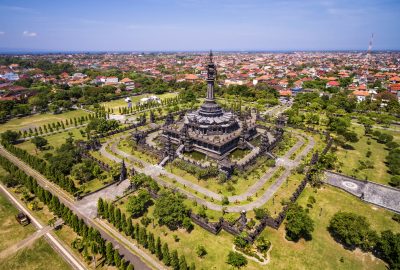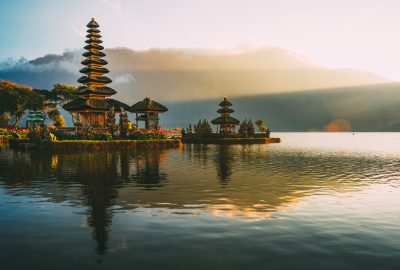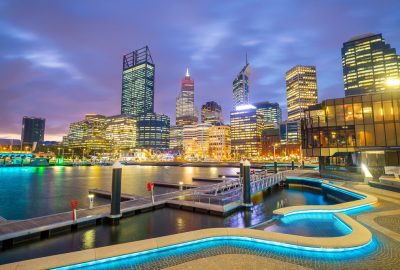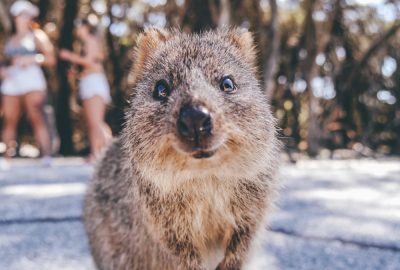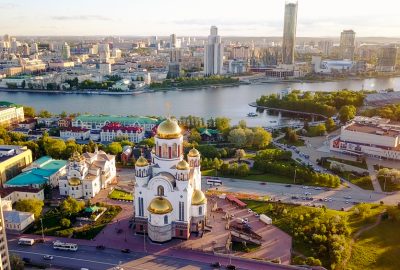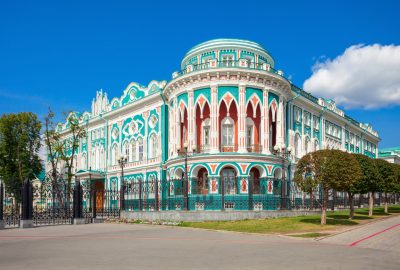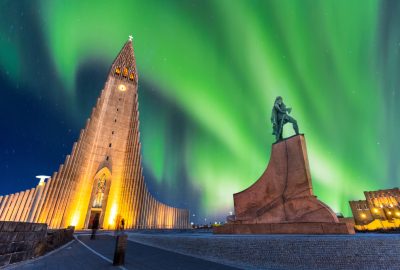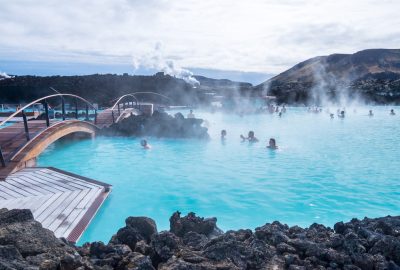Every time people talk about Burgas they sound like they have a gun pointed at them. It’s like in those mental health institutions in the movies. You have to say: everything is fine; otherwise you will get electrocuted. “Burgas is so peaceful, there is no crime, no drugs. The cost of living is very low and the city is beautiful. I would say it’s the most European city in Bulgaria: very prosperous and clean. We’re having so much fun here and we made so many friends. This park is the best park I’ve ever seen. Life is great!” Stockholm syndrome at its finest. Jokes aside, Burgas is exactly like that: a giant retirement home. That is a good comparison as many Europeans decide to spend their golden years here. Burgas is cheap and quiet with the bonus of being a sea resort. The climate is not too hot during summer and not too cold during winters. It’s also not as rowdy as the Golden Sands. Unfortunately, the one exceptional thing about this city is that it is home to the largest oil refinery in the Balkans. Oh yeah, the seafood is amazing too. That’s it. It’s by no means the second Dubai. Burgas is just a humble port town that’s slowly realizing its touristic potential.
Burgas provides great opportunities to explore some nearby charming old town. So many people do a daytrip to Sozopol, located 20 kilometres south from Burgas. It is supposed to be the oldest town at the Black Sea coast and has many interesting historical sites such as the Southern Fortress Wall, the Archeological Museum and several picturesque churches. It should not take you more than half an hour to get there by bus or car. But let’s say you’re stuck in Burgas for some reason: what are your options? Well, you can explore. It’s not a large city so you can traverse it on foot or on a bike. Saints Cyril and Methodius Cathedral is the main church in Burgas. Those two guys are known as the creators of the Slavonic/Early Cyrillic alphabet. The temple itself is one of the most beautiful in the Balkans. There are three museums in Burgas that are worth checking out. The Archeological Museum with its collection of artefacts from different eras. It’s small, but it has some interesting stuff on the exhibition. For example, jewellery looted from a recently uncovered Roman cemetery outside of the city. The Ethnographical Museum showcases different tools people used to fish in these waters. The Natural Science Museum has a collection of various specimens of local fauna and flora. If nature is what you’re after then you should take a trip to Burgas Lakes. There is an option to book a guided boat ride; you can take a pair of binoculars for bird watching too.
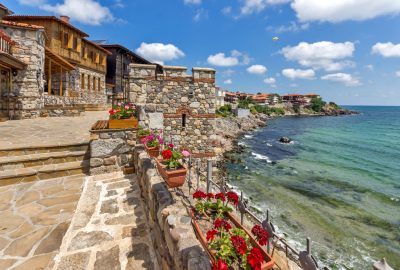
Only half an hour by car from Burgas and you are in Sozopol; it's a favorite bohemian vacation spot and sometimes called the Black Sea Saint Tropez, where you can find interesting historical sites such as the Southern Fortress Wall
The main issue is that Burgas is a bit boring. There are neighbouring towns with more stuff to do and things to see. Nesebâr, within a visible distance from Burgas is such a place. It’s a tiny island dotted with medieval churches and Roman ruins. The Church of Saint Sofia, or what remains of it is a major tourist magnet. The building is decrepit and abandoned, but you get the feeling that it used to be something magical. This tiny island was home to almost 80 churches and chapels back in the day. Perhaps people thought they needed heavenly protection against something lurking in the Black Sea? Nesebâr was a major religious site, already around the year 500 BC. Sadly, all those temples have been flooded when the water levels rose. I bet the area is a promised land for treasure hunters.
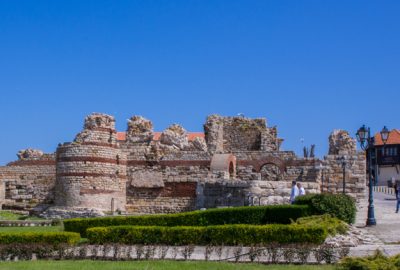
The half-ruined oldest church in Bulgaria, Saint Sofia, is located in the ancient seaside town Nesebar (also referred to as Nessebar), close to Burgas
Sunny Beach, as the name suggests, is the cookie-cutter beach. Some even compare it to Cancun or the Spanish Riviera and it’s up to par with both. You won’t have any trouble communicating in English here. I only mention this because it’s not so obvious in Burgas. The only downside is that everything is seasonal oriented. Nevertheless, during those few months you can have the time of your life here as the hottest clubs and beach bars in Bulgaria are in Sunny Beach. You will come across crowds of loud, drunk kids on every step. I know it’s something I avoid nowadays, so if I would rather go back to Burgas for a more relaxing nightlife. Aleko Bogoridi is the main boulevard here. It’s where you can shop for anything from souvenirs to designer clothes. All the decent restaurants are also located along that street. The Maritime Park and the beach come to life during summer. That park is almost a city of its own with parties, street food stands, and bars. The beach is a little disappointing though and used mostly by the locals and the occasional windsurfer.


